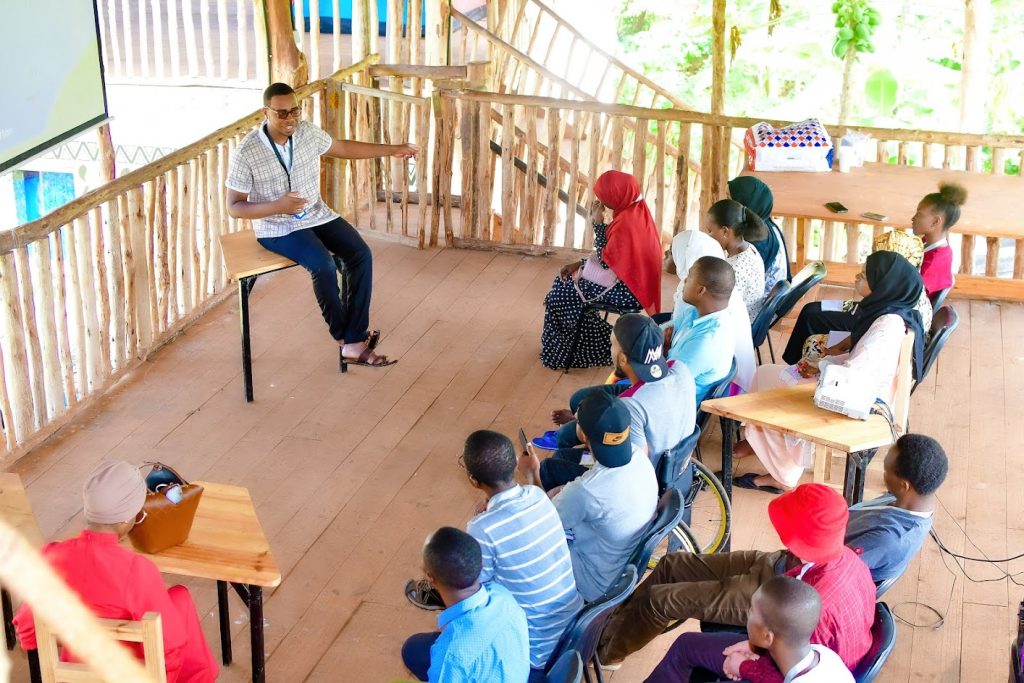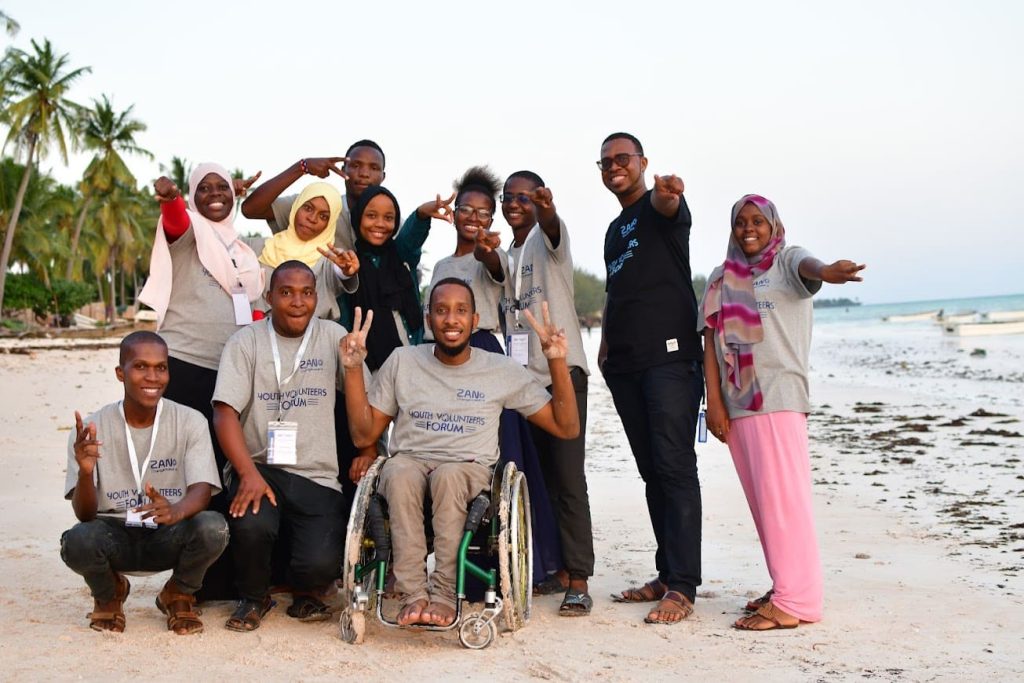An educator’s job is not just to prepare youth with the knowledge they will need to contribute positively to society, but also the skills. Leadership skills are essential to the jobs of the future, but also to success more broadly when it comes to relationships and community participation. Top colleges also actively look for leadership skills when choosing their incoming freshman class. If you’re looking to teach leadership skills in your middle or high-school classroom (it’s easier than you might think!), here are a few top tips and resources from the experienced youth leadership facilitators here at Powerful Youth.
1. Hand over small responsibilities
There is no better teacher than experience. What are some of the tasks you do every day that you could consider handing over to student to take over? Not only are you reducing your responsibilities so you can focus on what is most important, but you can teach leadership skills by modelling delegation skills and showing your students that you trust them to take on a bigger role in the classroom. An important thing to remember is that it is best to invite students to take on more responsibility, not demand it. This way, student have “bought in”. Here are a few simple classroom tasks that lend themselves well to leadership opportunities:
- Taking attendance
- Choosing, creating, and updating a classroom playlist
- Selecting the next project, book, etc. from a list you’ve created
- Sending reminders about upcoming due dates or events
- Designing classroom materials or virtual teaching backgrounds
2. Teach about global or community issues
Sometimes what youth need is a push in the right direction. If you want students to take on more leadership roles in the community, you can incorporate more current events and issues in your lessons, including local community issues. This exposes students to the problems around them , and may help them realize a passion they hadn’t felt before. But don’t stop there. When discussing current events or community issues, encourage a problem-solving mindset in the classroom by asking students to discuss potential solutions. You never know… something a student discussed or thought of in the classroom could become a project making real change in no time!
3. Provide inspiring young leaders to look up to
There are so many incredible leaders that can inspire your students with their passion, drive, and change-making. However, only looking at adults in positions of power as leaders can unknowingly reinforce the negative idea that young people don’t have the power, experience, or ability to make a change. Diversify the leaders and role models you present to include inspiring young people! This could include internationally known young leaders such as Malala Yosafzai or Greta Thunberg, or a local young leader making a difference in your community. You can find many youth-led projects on Do Something to inspire your students, check out TEDYouth Talks, and check out this blog post of ours for a list of incredible young leaders of color!


